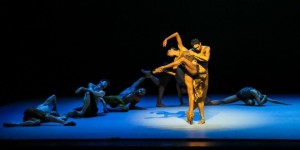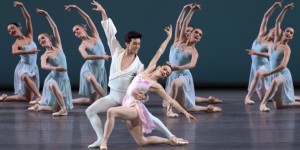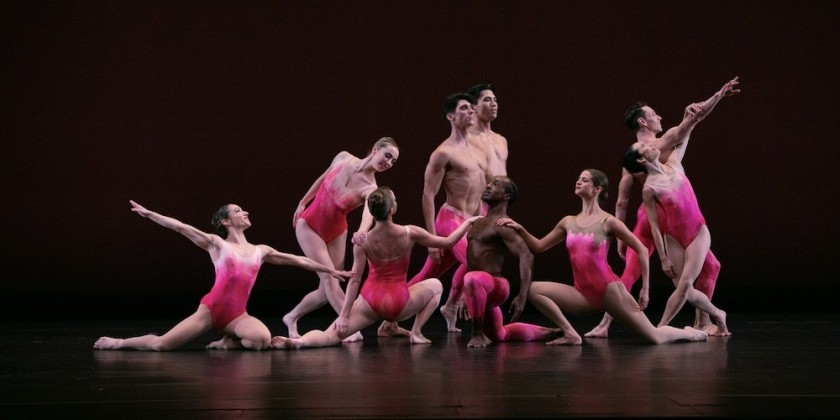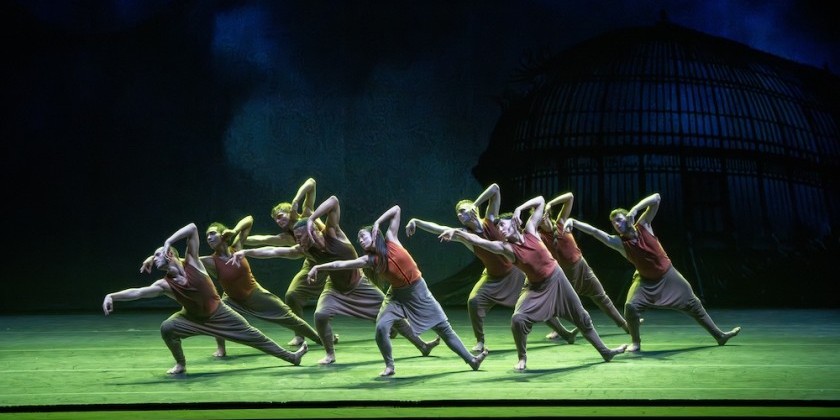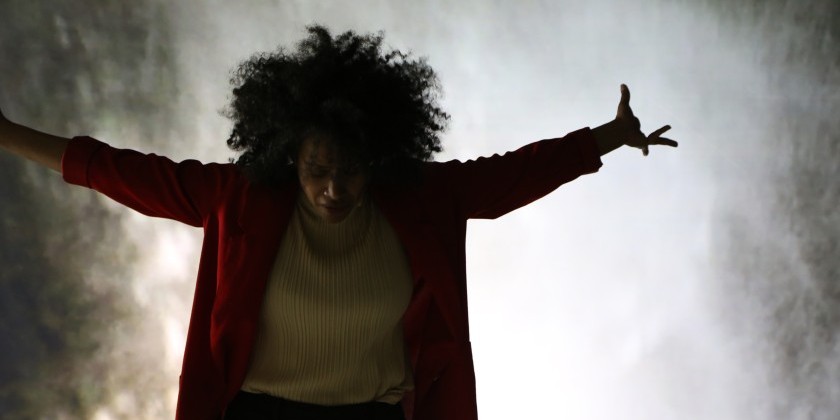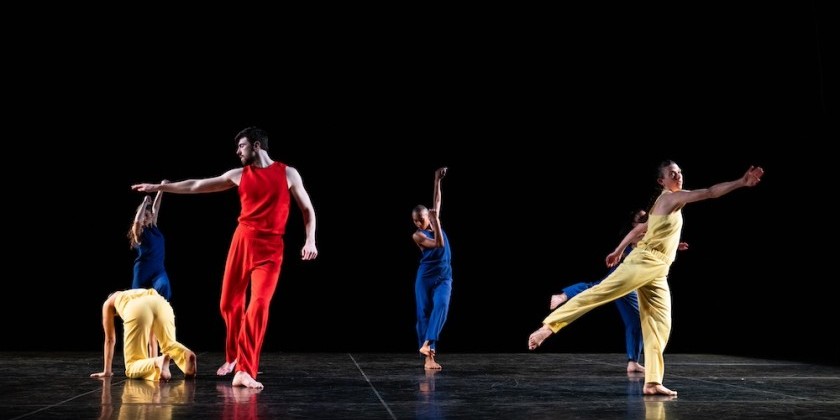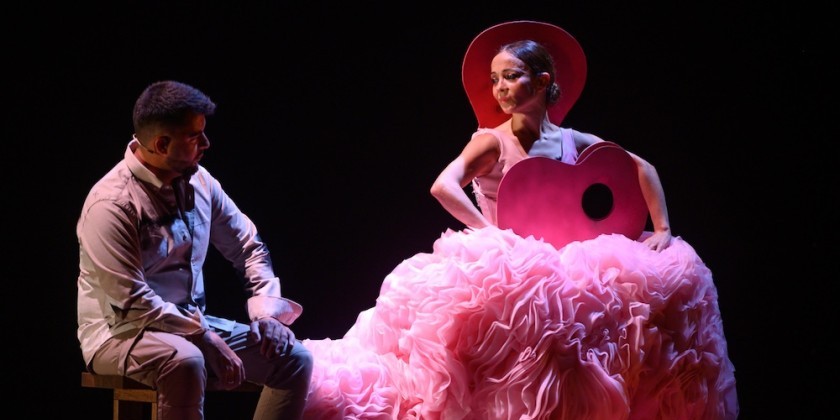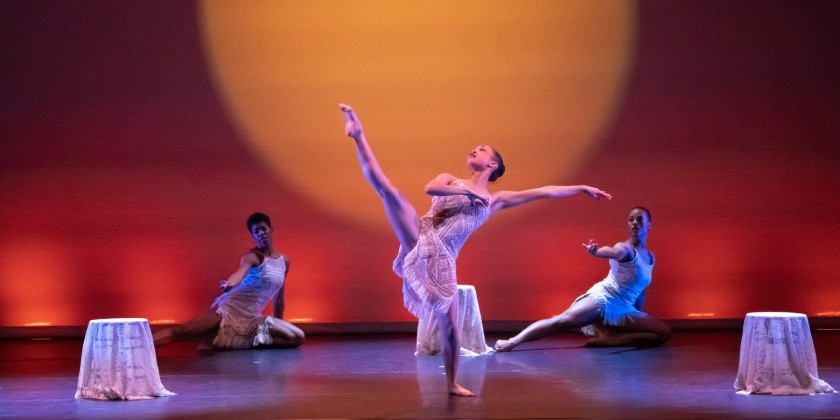IMPRESSIONS: Paul Taylor Dance Company in "A New Era" at Lincoln Center
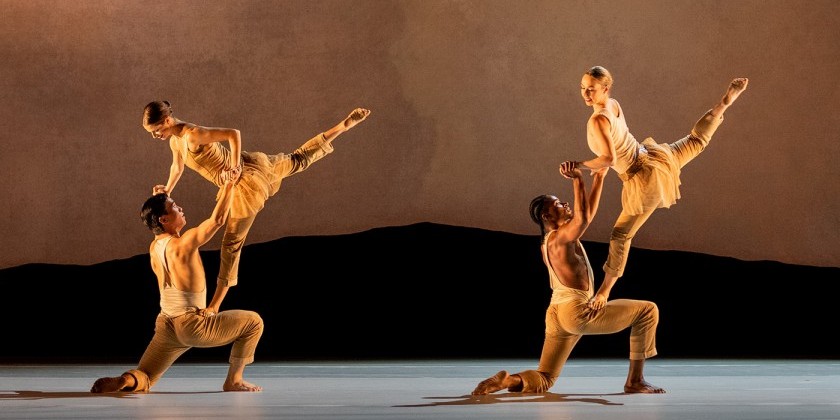
The Story of A Season in New York City
Optimists will feel their chests swell reading the words “Taylor: A New Era” heading the announcement of the Paul Taylor Dance Company’s fall season, November 1-13, at Lincoln Center’s David H. Koch Theater. For Americans groomed to believe in the myth of progress, “new” is always good, right? And the word “era” sounds reassuringly solid, as if this company founded in 1954 was guaranteed to survive another 60 years, at least.
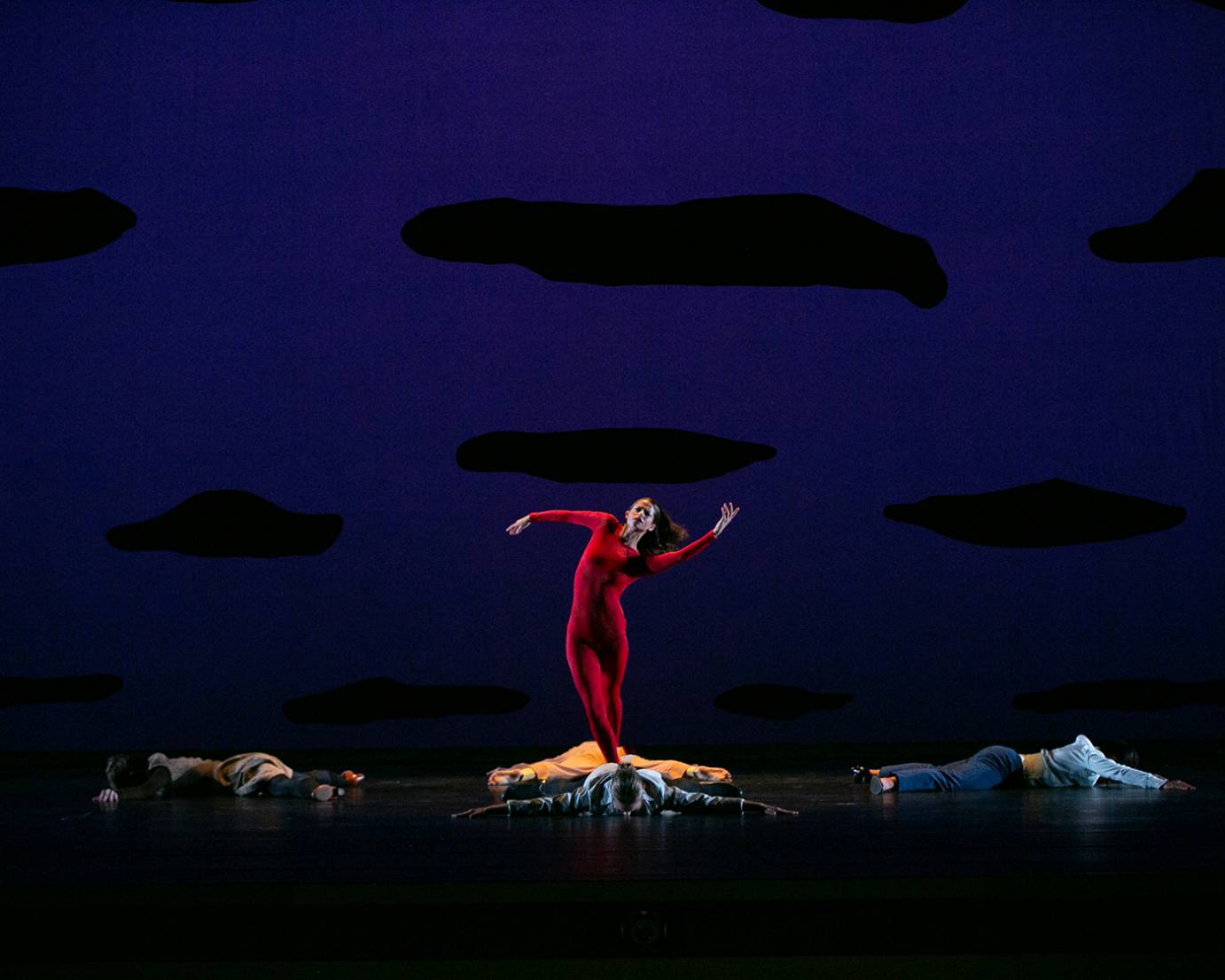
Taylor himself wasn’t always so sanguine, of course, which explains the presence in the repertoire of hellish Scudorama, to which company director Michael Novak has added The Green Table, Kurt Jooss’ anti-war plea. This season, the company will introduce Jooss’ masterpiece to school children, where it may provide a counterweight to the US war machine’s latest imperialist crusade.
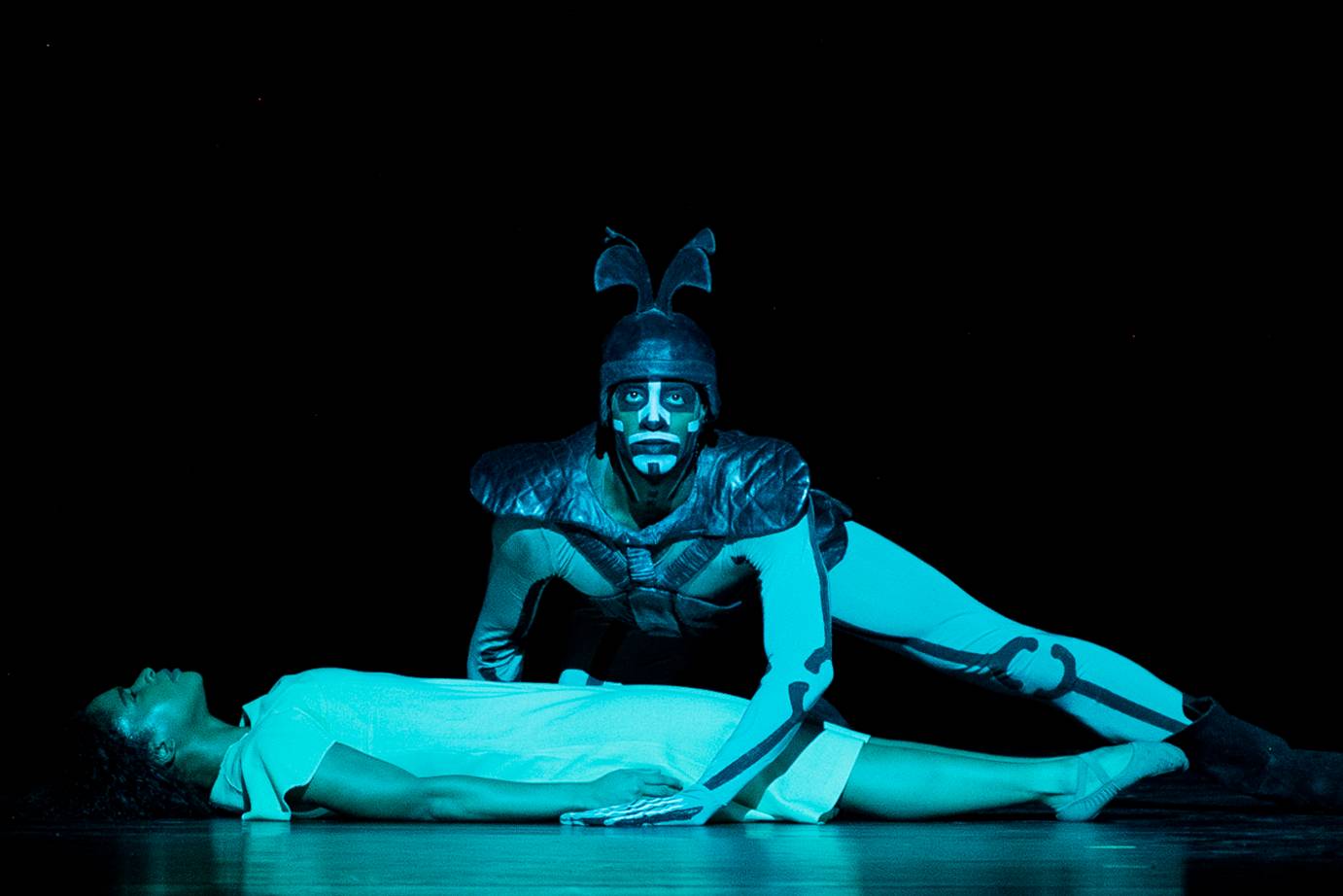
Yes, we could all use a New Era and a fresh start, and fortunately there is good news this season, even if not quite enough to sprinkle fairy-dust on our heads and add a lilt to our steps. On the positive side, American modern dancers are once again performing in a major venue at Lincoln Center (yay!), previously a closed shop where only the cast of Merce Cunningham’s foot in Jasper Johns’ “Numbers 1964” had been allowed. Once again, the Taylor company is performing to live music, courtesy of the Orchestra of St. Luke’s; and this season’s “Moving Music” programs present the orchestra in delightful cameos, giving everyone a chance to enjoy pianist Conrad Tao’s orgiastic romp with Gershwin’s Rhapsody in Blue, for instance.
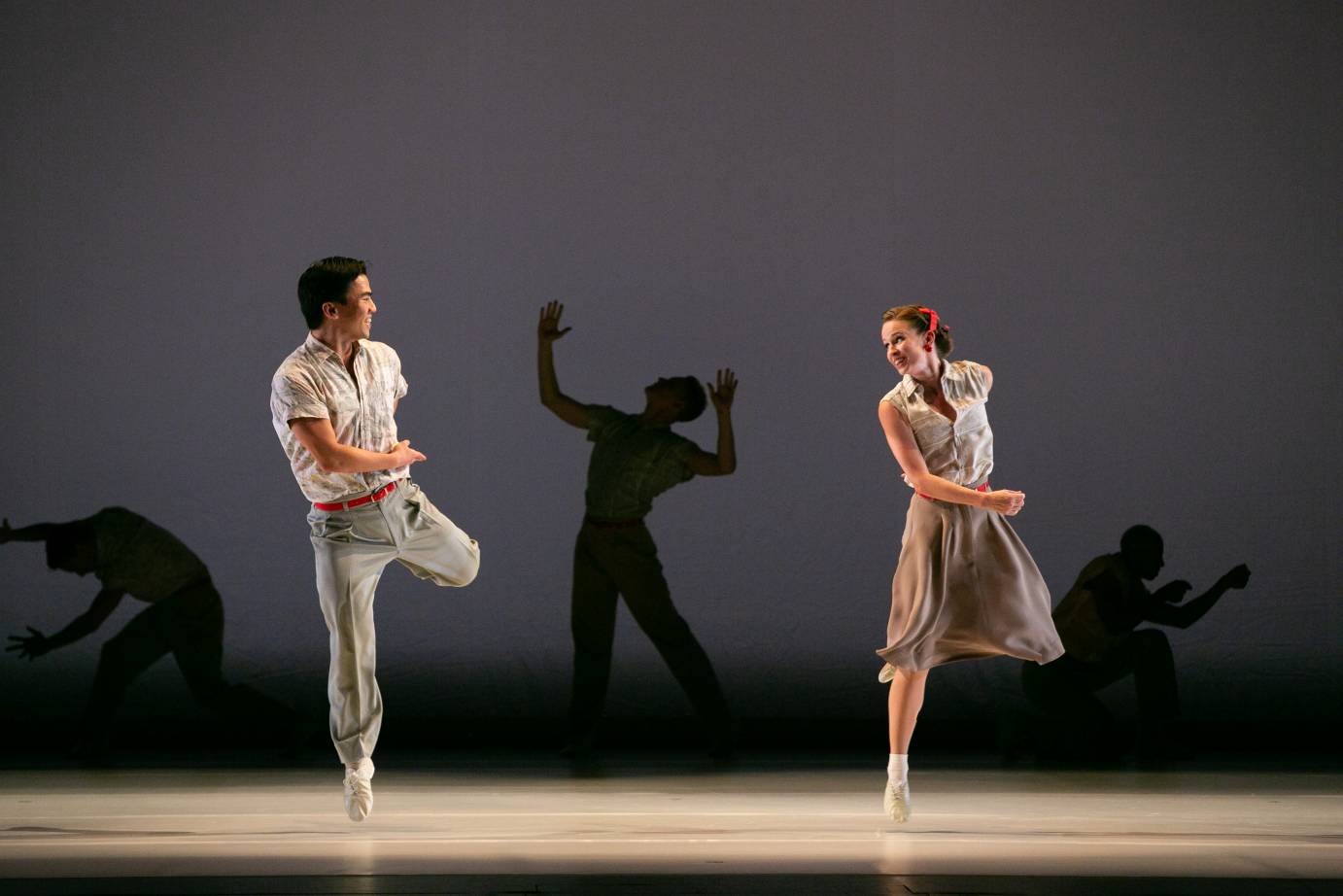
Although the troupe is not billing itself as Paul Taylor’s American Modern Dance, the company remains a mirror held up to the nation, and to our times. It doesn’t get any more Yankee Doodle than a program that includes Company B, Rhapsody in Blue, and Larry Keigwin’s Rush Hour (and did we mention Scudorama?). Best of all, of course, the Paul Taylor Dance Company has a bedrock repertory of masterpieces by its founding choreographer, along with wonderfully fresh and talented dancers, and eagle-eyed coaches keeping everything bright and sharp.
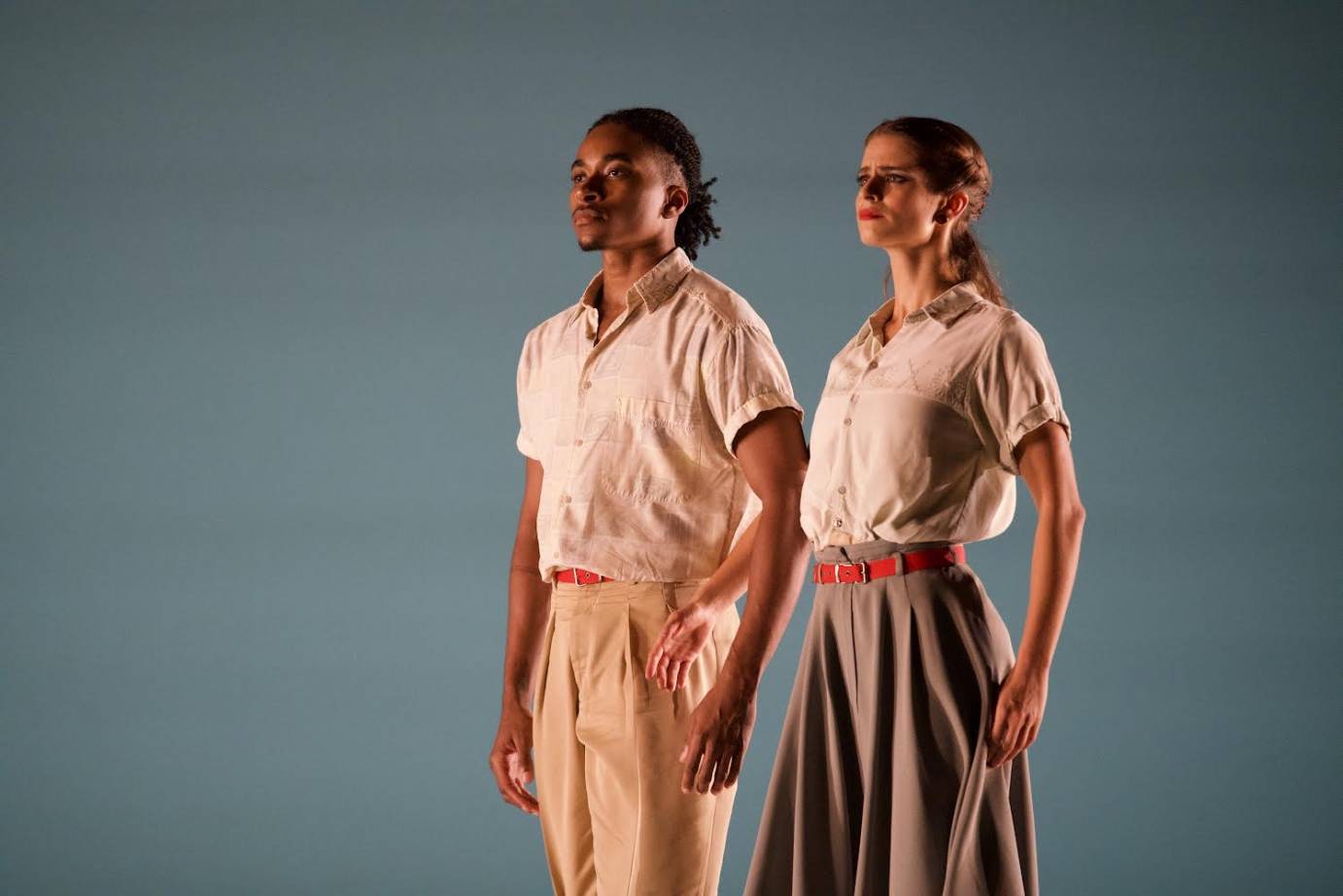
Company B is all there, reinvigorated by the lush physicality of Alex Clayton in “Tico-Tico;” and John Harnage’s vivid articulation as the Boogie-Woogie Bugle Boy (of Company B). Christina Lynch Markham’s lovesick character is unexpectedly touching with her naivete and petulance in “I Can Dream, Can’t I?;” and we see a portrait of unassuageable loss in “There Will Never Be Another You,” where Maria Ambrose brings depth to stillness and is elegantly squired by the shade of her lover, Shawn Lesniak. If the repertory is smaller than usual this fall, and if the new works don’t measure up to Taylor’s level of genius, well, who really expected they would?
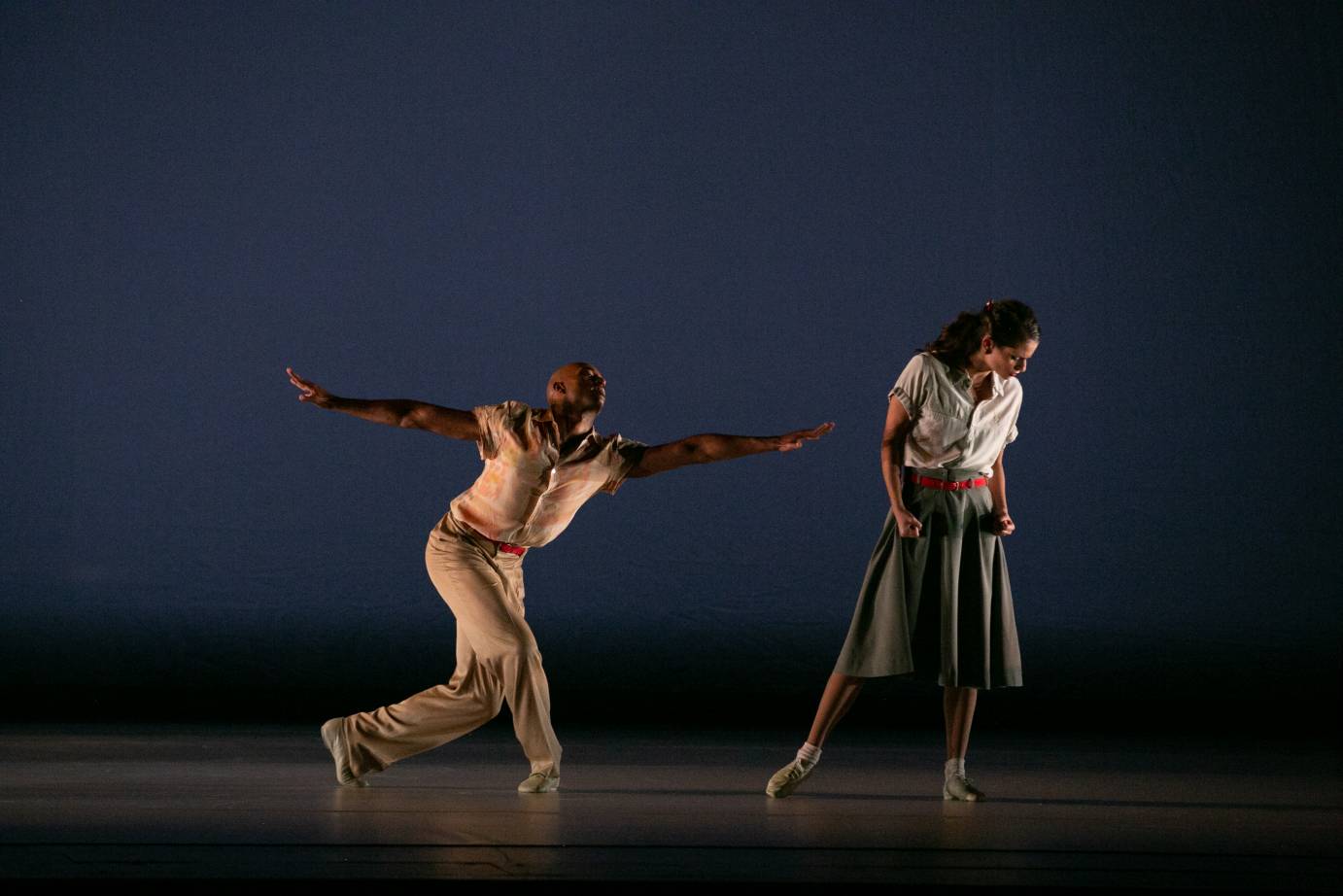
Bringing the season into focus is a terrific program called “Taylor X Katz,” highlighting the choreographer’s collaborations with visual artist Alex Katz. This initiative created opportunities for cross-over events with the Solomon R. Guggenheim Museum (where the exhibition “Alex Katz: Gathering” will be on display through February 20, 2023), and with the New York Public Library for the Performing Arts. Katz’s set for Polaris, an aluminum-frame cube, was erected in the Guggenheim’s rotunda so the dancers could perform there on Oct. 26. Onlookers became part of the show, a stirring experience as they shared the floor with the dancers and lined the museum’s spiral ramp. The following night, at the Bruno Walter Auditorium, a panel discussion offered tantalizing glimpses of the abandoned setting for The Red Room, while veteran dancers complained about Katz’s “unflattering” costumes for Junction, and about those devilish onstage cutouts in Diggity.
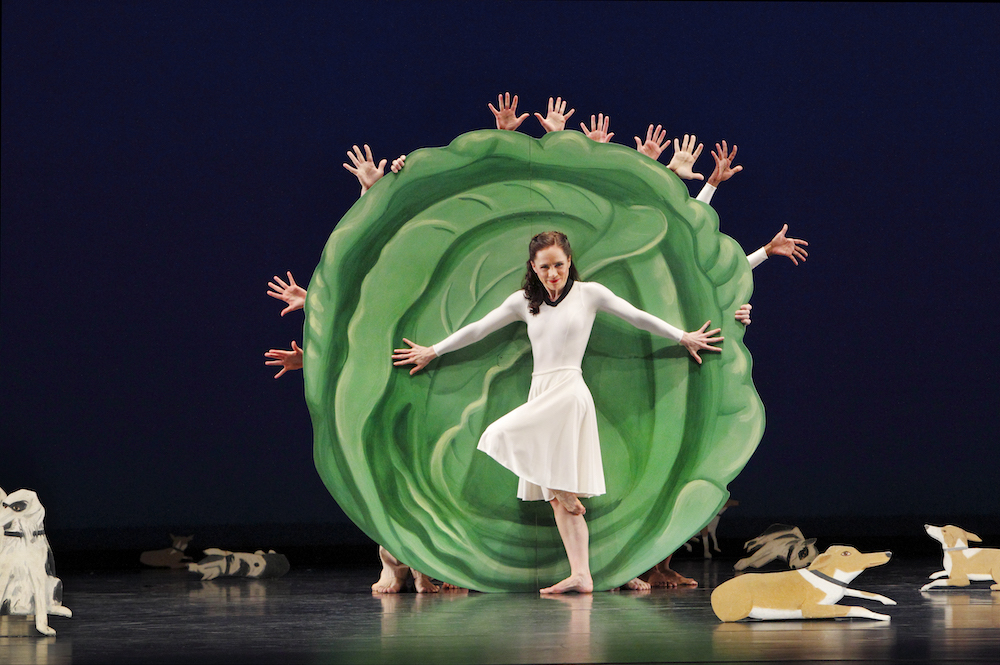
The collaboration between Katz and Taylor, which began with Meridian (1960) and continued through Sea Lark(2014), now seems to belong to a heroic age in which artists still dreamed of emulating Diaghilev’s Ballets Russes,where easel painters created luxurious worlds for dancers to move in. It seems telling that Taylor rehearsed Scudorama to a recording of The Rite of Spring, and that at certain points the dance’s purpose-made score by Clarence Jackson echoes Stravinsky.
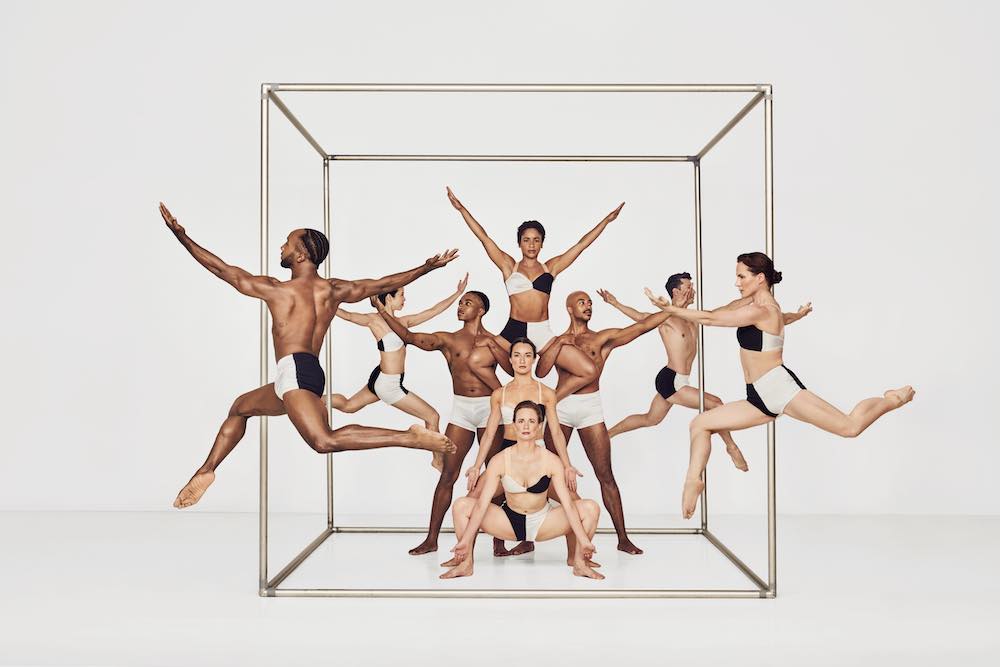
Just as The Rite of Spring came to be associated with the carnage of World War One, the nightmare landscape of Scudorama (1963) may be associated with real-world events. Taylor’s souls in Purgatory are our neighbors, as the context for this dance includes Soviet “Scud” missiles; the brinksmanship of the Cuban Missile Crisis (1962); and the widespread fear of a nuclear holocaust like the one depicted in the Hollywood film On the Beach (1959). With US and Russian forces almost toe-to-toe now in the Ukraine, and our president casually referring to “Armageddon,” today’s audiences can have their pick of nuclear crises past and present. There’s relevancy for you!
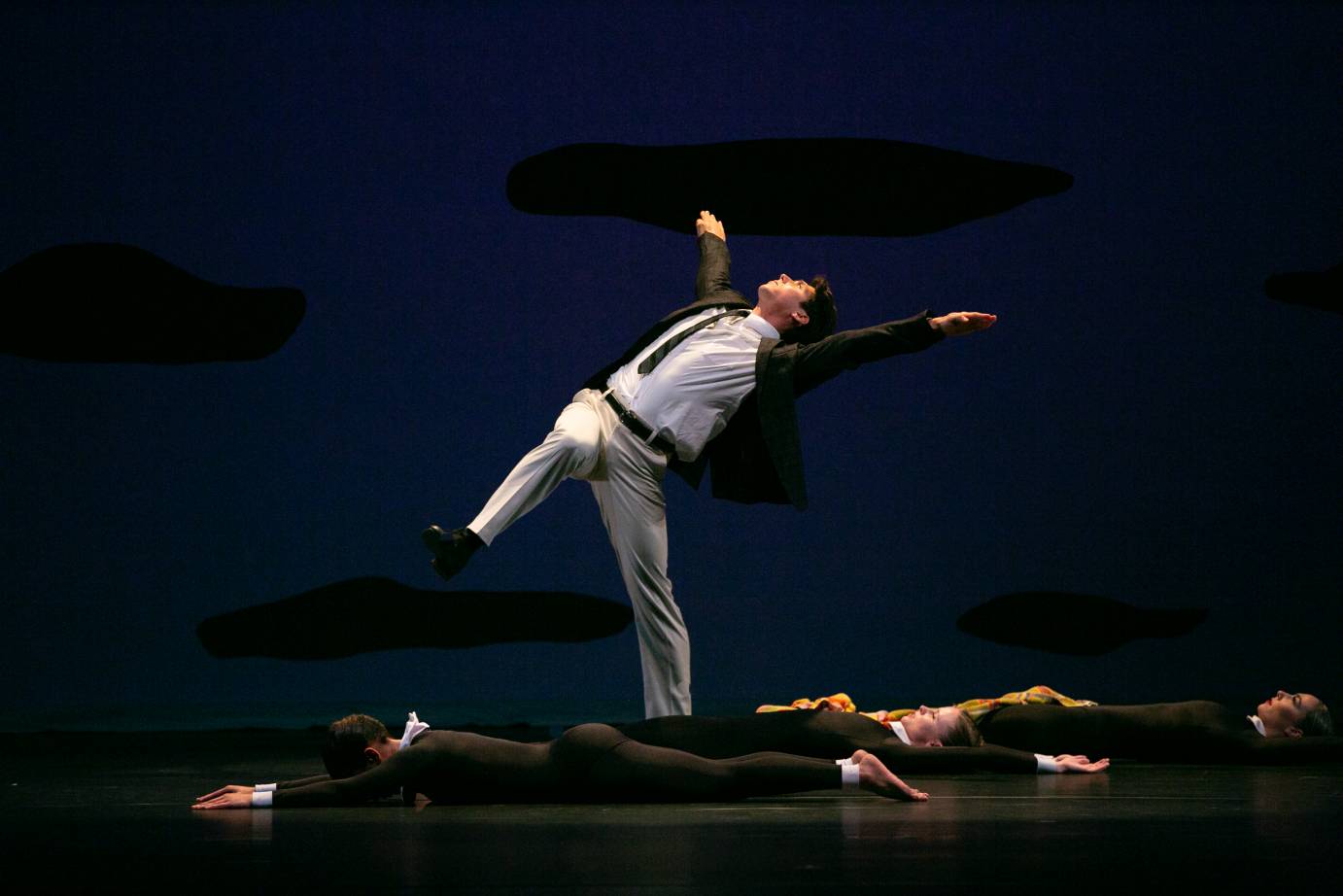
Bodies litter the stage as Scudorama opens, their heaped forms extending the arrangement of black clouds on Katz’s backdrop. Some of the bodies lie covered with blankets, and the sky is purple as if the air were poisoned. A mighty blast seems to have felled these people all at once, but they are not dead---yet. Devon Louis is the first to rise, a man in a jaunty sportscoat who must have been enjoying America’s celebrated affluence when disaster caught him unawares. He embarks on a frantic search-and-recovery mission, attempting to lift a woman whose body is too heavy to raise. She seems too ill to notice him, and single-mindedly creeps away on all fours. Others bodies are dragged away, or carried with an arm hanging loosely as if broken.
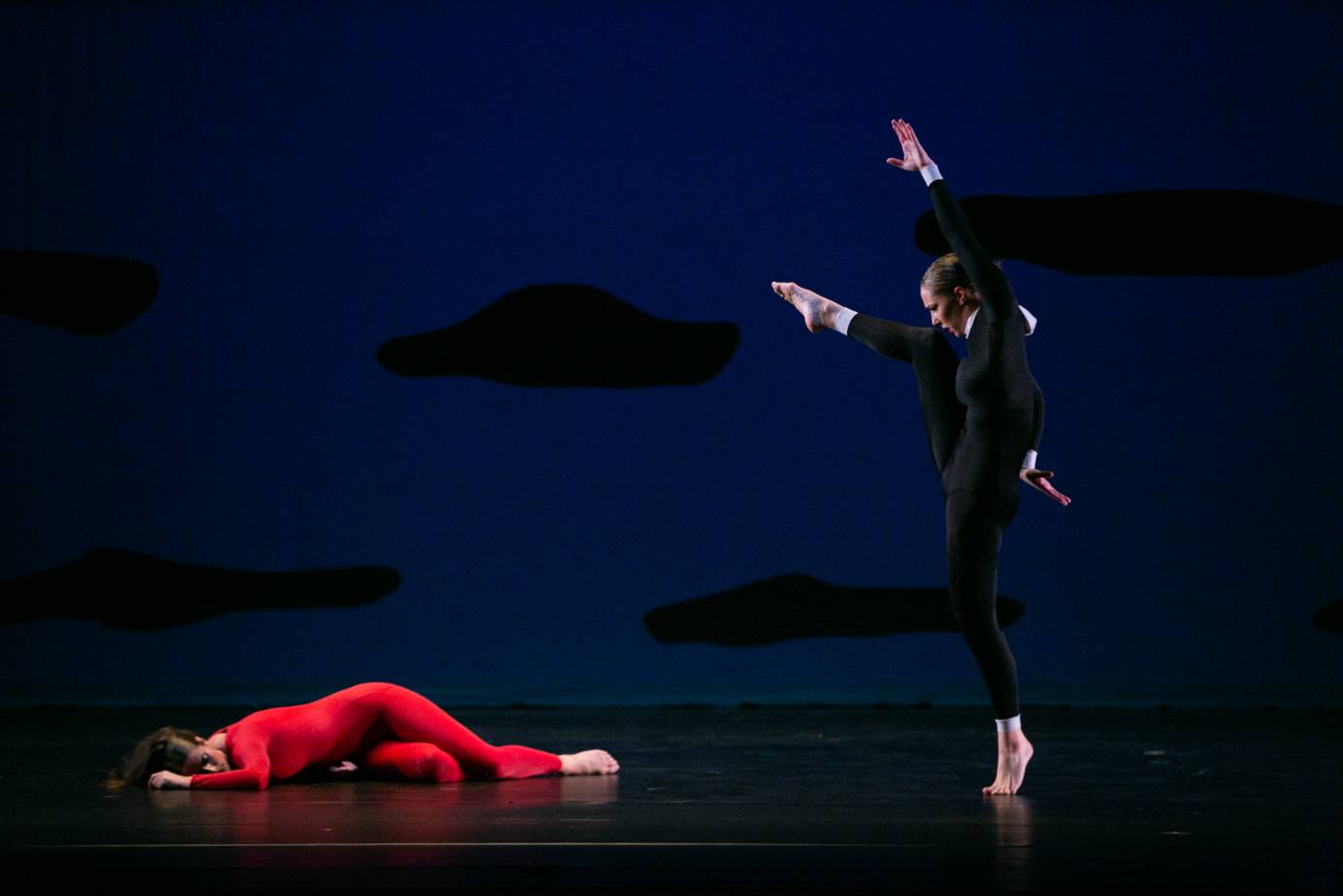
Scudorama does not have a story, but it does have wonderful characters, including a trio of women in black uniforms whose prim white cuffs and collars may transport us back in time to the dining room at Schrafft’s. Instead of pouring coffee with a smile, however, these women behave like vultures: their heads jut forward; they hollow their chests; and their hands slide down their sides in an awkward, flapping move. Later they will gather around Ambrose’s dead body and peck at it with their hands. At different points, the performers wear chic street clothes, or unitards in tempting candy colors that might belie the presence of evil, if they didn’t also suggest eerie mutations. A mocking duo dressed in yellow may remind Sci-fi buffs of the singing twins in Mothra (1961).
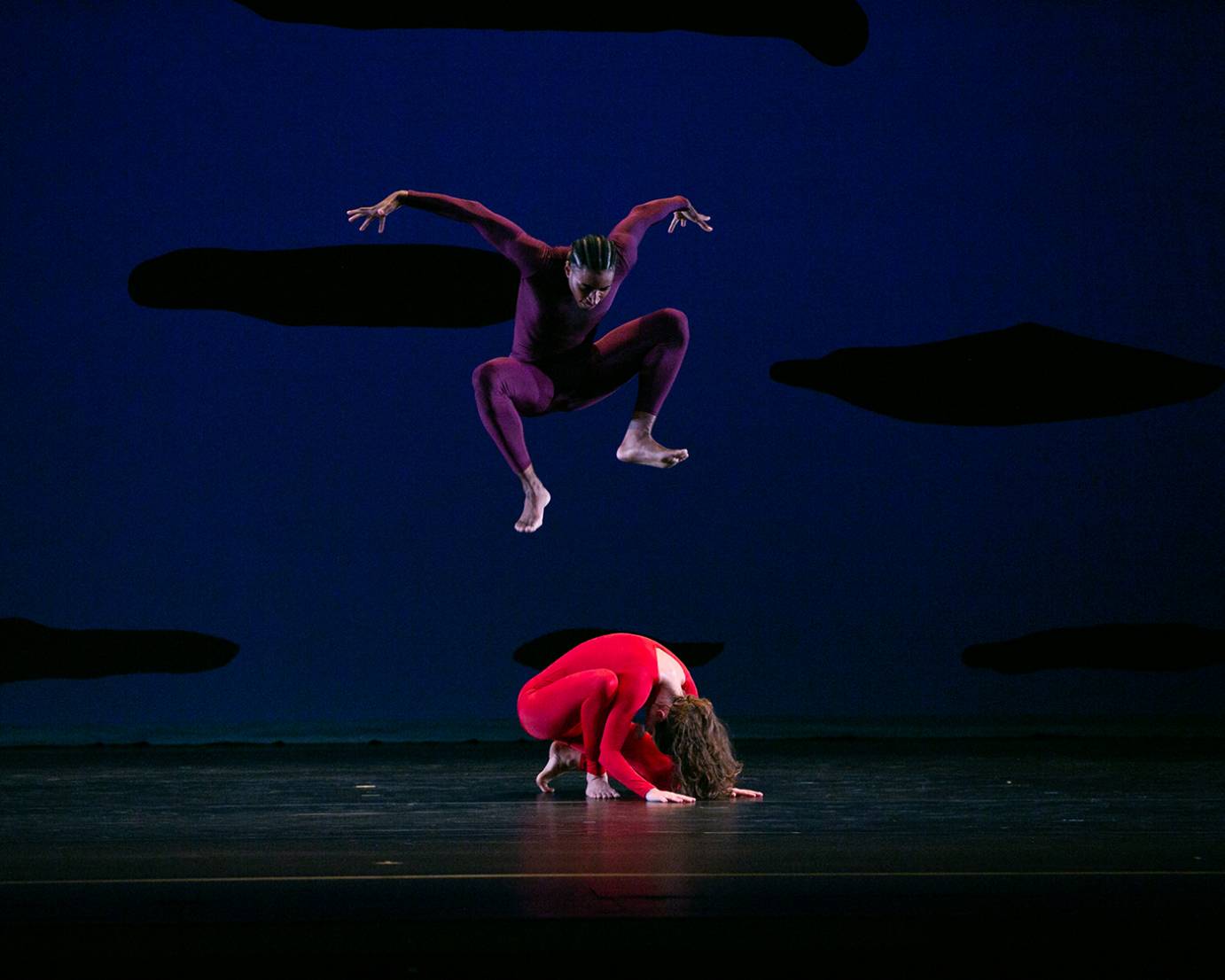
Among this dance’s outstanding episodes is a duet for Louis and Ambrose, in which he flings her limp body to and fro and sets it rolling; and another duet for Louis and Kenny Corrigan, the latter a wary, Cold-War standoff in which the men shadow and dodge one another without ever actually coming to blows. Louis reveals his predatory intentions at the very last moment, pouncing on Corrigan as the weakened man drags himself into the wings. What a fine example of human treachery! Whenever Katz’s designs threaten to become campy, Taylor reminds us of the darkness in the human soul, and by the end of Scudorama we may all be whimpering for our blankets.
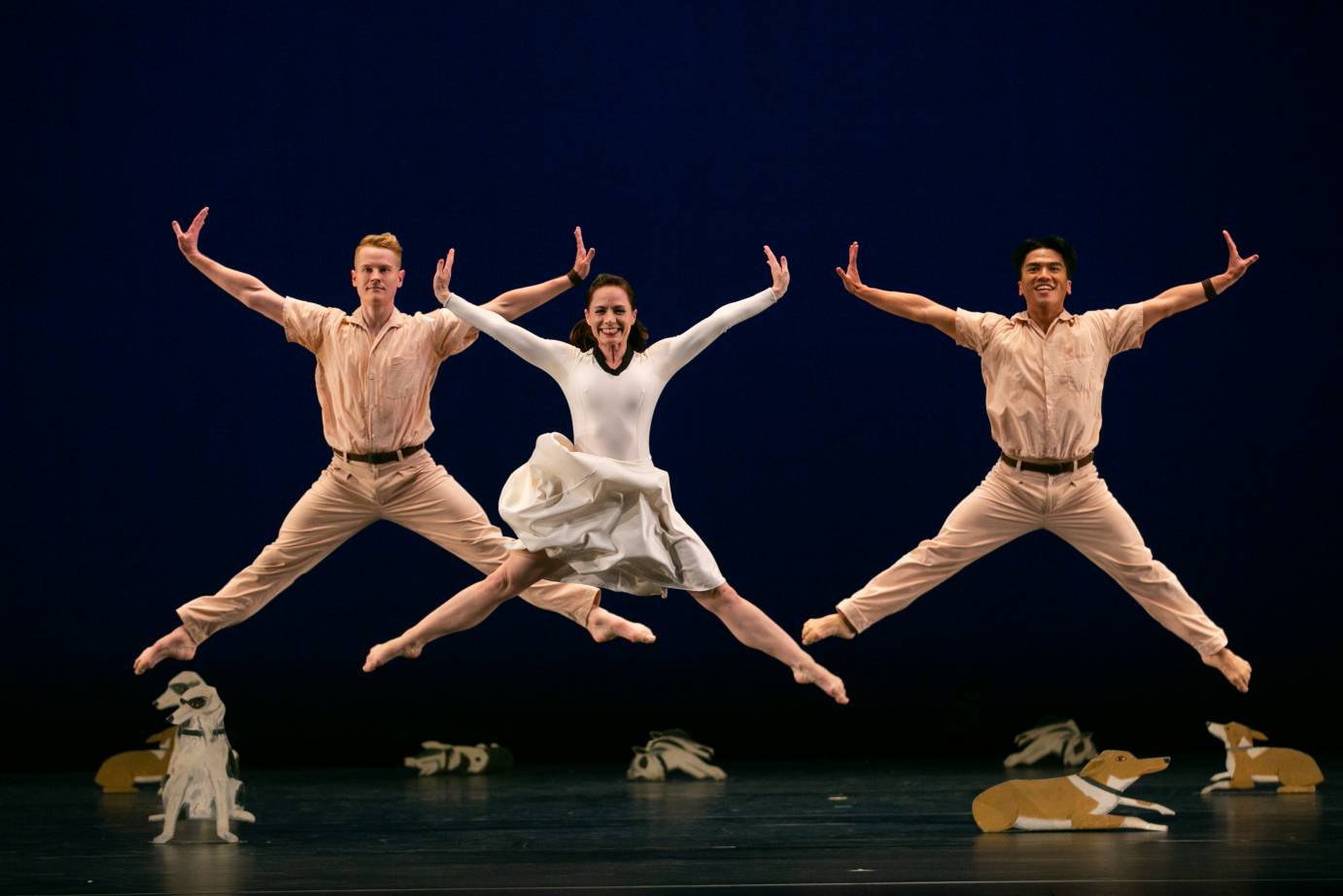
In Diggity (1978), Taylor adopts a different tone. Here the sprightliness of the dance contrasts with the tired and bleary indifference of the pooches sprawled inconveniently throughout the performance space. The humans flaunt their personalities in extroverted solos, like the Latin number with curling wrists that Lisa Borres dances in a saucy star turn. They express delicate feelings in love duets: Harnage crawls yearningly after Kristin Drauker; and Lee Duvenek and Jada Pearman bow to each other with exaggerated courtliness. Yet the dogs remain stubbornly planted everywhere, like the scruffy animal nature that we can never rid ourselves of. When dancers stretch on the floor, resting on one elbow with the other arm arched overhead, their flattened profiles echo the cutouts; and Taylor suggested to Katz those Surrealist elements in Diggity---the Brobdingnagian cabbage and the woman incongruously clad in pink lingerie---that mock our rationality. Who can think clearly, with a luscious babe like Jessica Ferretti frolicking in and out of this garden party in her underwear?
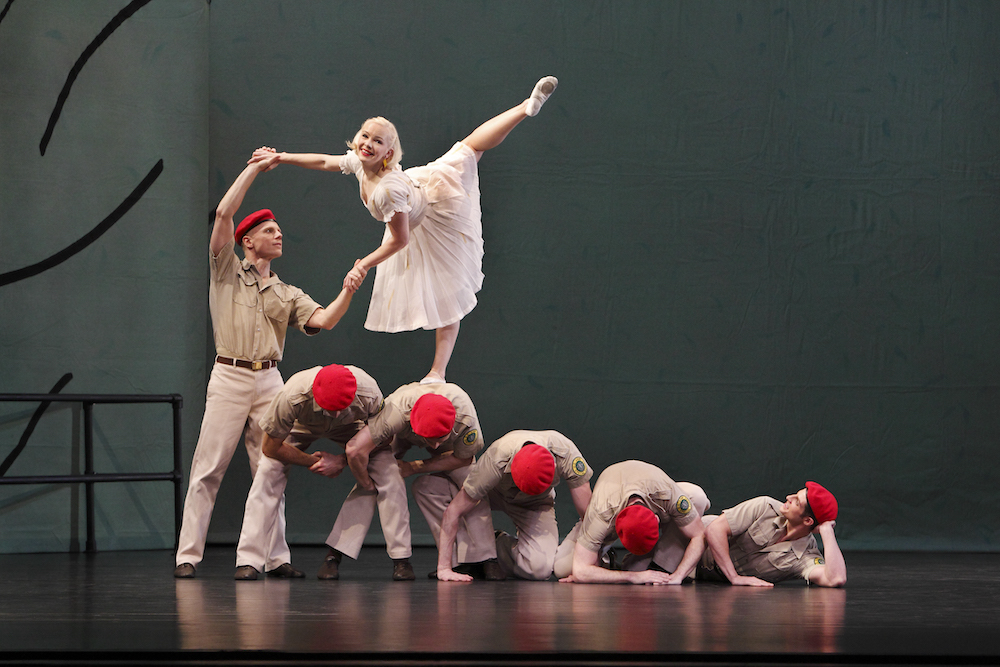
Sunset (1983) could use a glimpse of lingerie. Instead, the women in chaste white dresses who beguile a group of off-duty servicemen are fleeting in their attentions, gaily using the men as stepping stones and making promises that will never be kept. Taylor is being morbid again, but gently. The women’s true mission is to return as angels who pillow Lesniak’s head as he dies, and carry off his body in a funeral procession. (Katz has described this scene as a descent from the Cross.)
Sometimes, in Sunset, Taylor has men turn away from the action, freezing them rather than allowing them to exit. In an innocent bromance, Harnage and Duvenek hold their arms behind their backs, and stuff their hands uselessly inside their pockets. Constraint and futility dominate this scene, and if the war doesn’t kill these guys, Edward Elgar’s suffocating score surely will. Katz’s asymmetrical parkland scenery with a railing at one end seems incomplete, perhaps hinting at lives cut short. At the end, one of the women discovers a red beret that has been left behind---an image of loss.
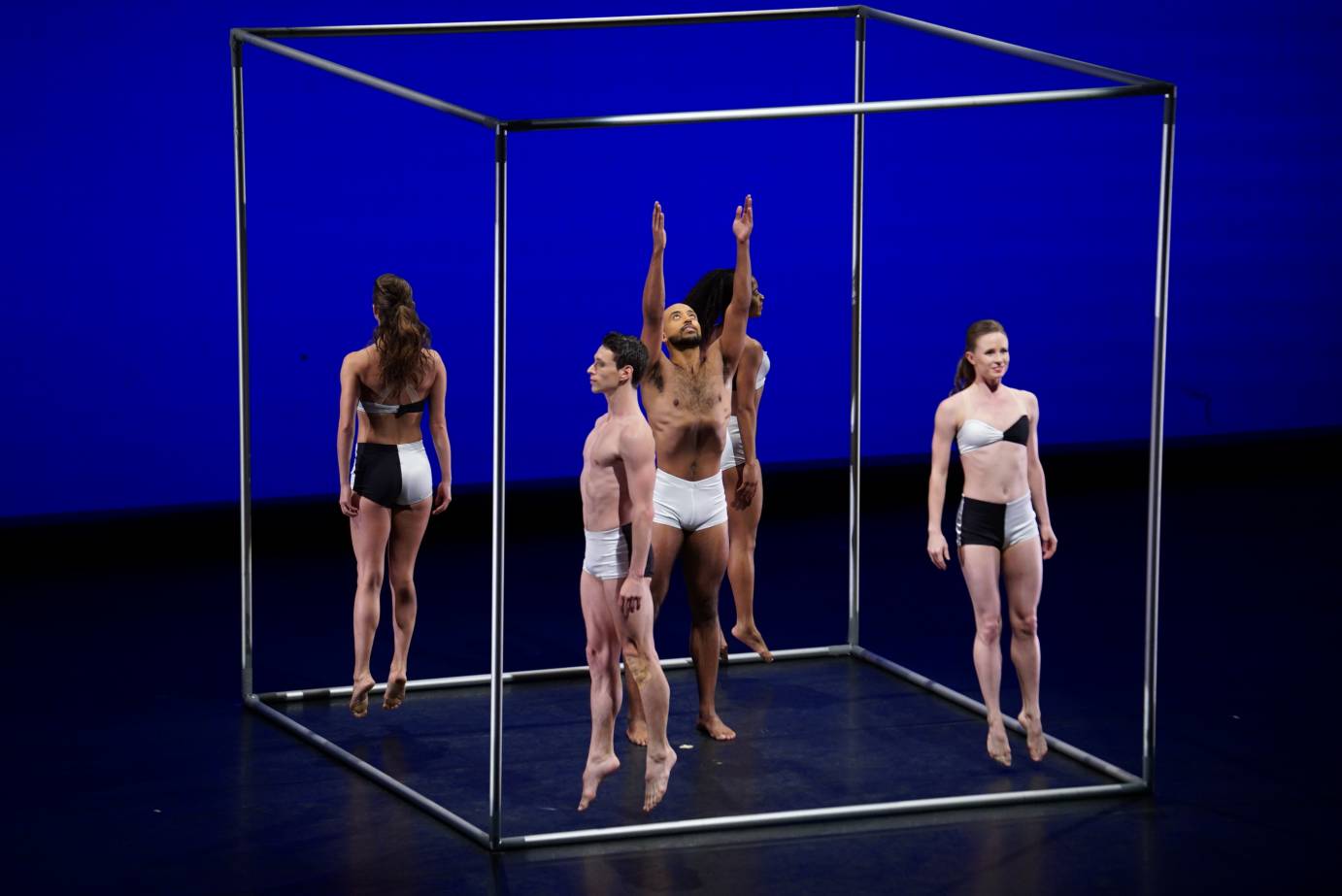
According to art curator Robert Storr, who spoke at the NYPL symposium, Katz’s setting for Polaris (1976) was a joke at the expense of his Minimalist colleagues, since in the theater the spare cubic structure would become a swarming hive occupied not by one, but by two casts of dancers performing sequentially. Although the choreography has a brilliant formal structure, its geometry is intricate not elementary: Taylor contrasts knotty traffic patterns with moments when the dancers spread out in a bold line. Far from standing aloof, the dancing also elicits powerful emotions. Emotions are the point, in fact, of this experimental work in which the same dance is performed twice to different musical scores. Both scores are by Donald York, but while the first of them waltzes gaily, the second plucks, scratches, and rumbles. The dancers are also affected by this accompaniment, with the second cast holding themselves taut and attacking the movement ruthlessly. Through this mise-en-scène, lighting designer Jennifer Tipton has drawn a boundary line separating day and night. The first run-through of the dance takes place against blue sky, the second against an impenetrable black wall.
Polaris simultaneously invites and mocks interpretation. The first woman’s solo outside the cube could either be a lyrical romp (Ambrose), or a desperate escape attempt (Borres); the dancers’ bobbling heads are either carefree or alarmingly robotic. Lesniak supports and shelters Pearman in the duet, but in the same dance Harnage tortures Madelyn Ho. Then there’s my favorite bit, a Taylorish witticism in which dancers peer around the corners of the transparent cube as if they were hidden. In the first iteration, they might be children playing. In the second, they’re on a perilous mission where discovery could cost them their lives.
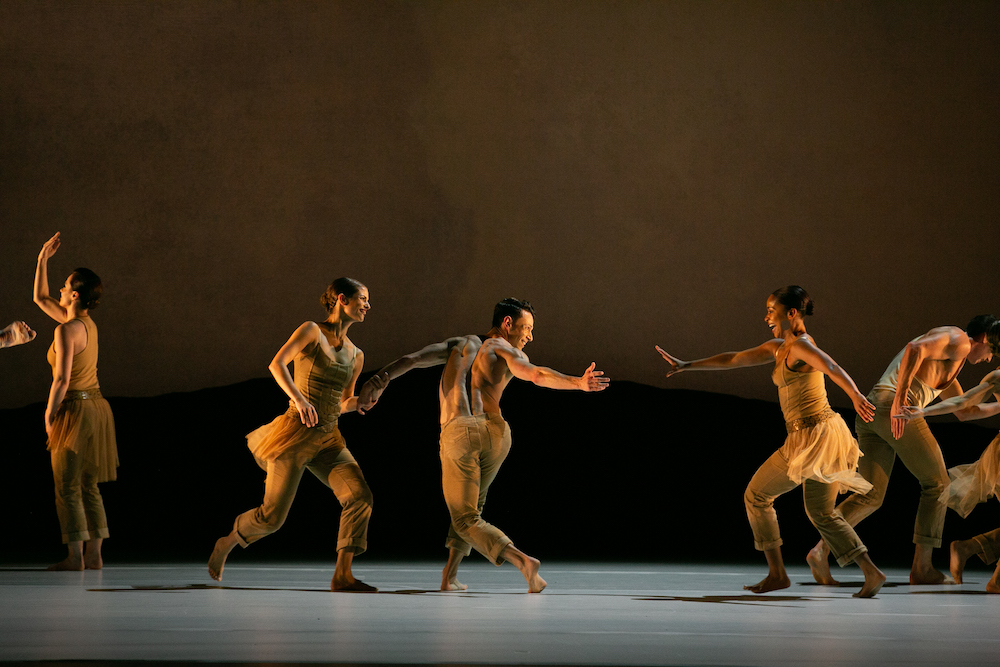
So, with a repertoire like this one, who needs novelty acts? Watching this season’s premieres by Amy Hall Garner(Somewhere in the Middle) and Lauren Lovette (Solitaire), I get the feeling both choreographers are trying too hard. In Solitaire, a pompous choreographic Bildungsroman for a male soloist who makes no lasting connections, there’s too much human architecture, too much scenery, and there are too many entrances and exits made at the speed of television. Last summer’s Taylor season at the Joyce Theater focused on his early experiments and a process of artistic self-discovery which almost surely would not have happened had he been gifted with “resident choreographer” status at a major dance institution. Is it fair to Lovette, then, who only began her creative journey in 2016, to propel her into the Big Time before she, too, has had a chance to struggle and mature?
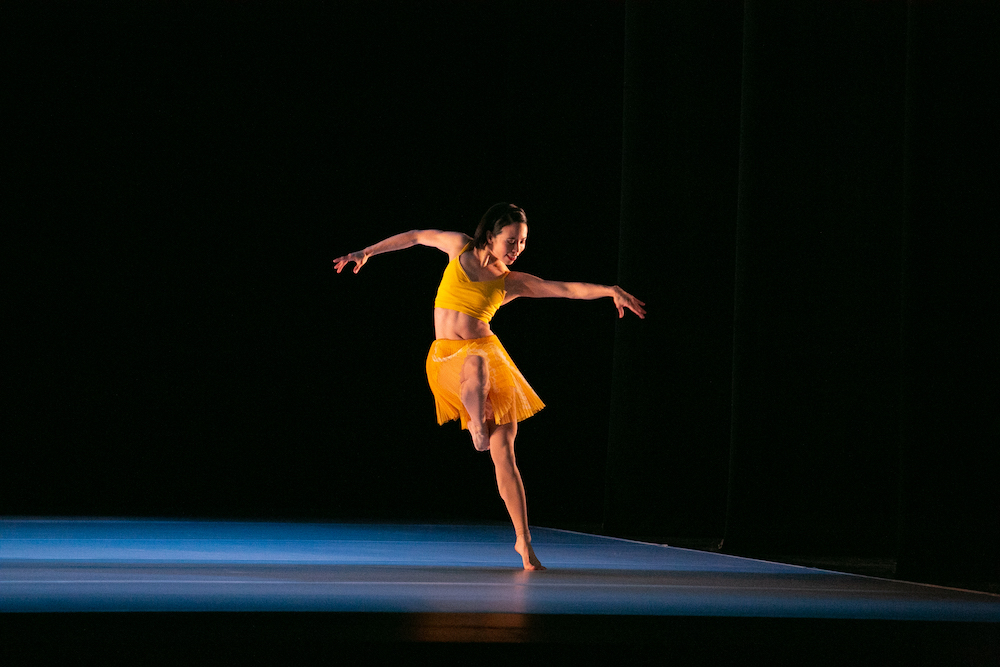
Garner, the more experienced of the two, is not in such a rush to get her dancers off the stage, but while they’re with us they live in almost perpetual frenzy, relentlessly wagging, shivering, and rolling on the floor. The notable exception is a shadowy duet, in which Ambrose’s half-hearted attempts to push Louis away leave us with a feeling of disquiet when he finally succeeds in carrying her off. If the other vignettes included more such drama, and dynamic contrast, Somewhere in the Middle would be less exhausting.
Surely it’s too soon to give up on Paul Taylor’s American Modern Dance. With so many homeless dances out there (a piece by Laura Dean would have made a fine complement to this season), investing in more revivals is the key to launching a New Era.






